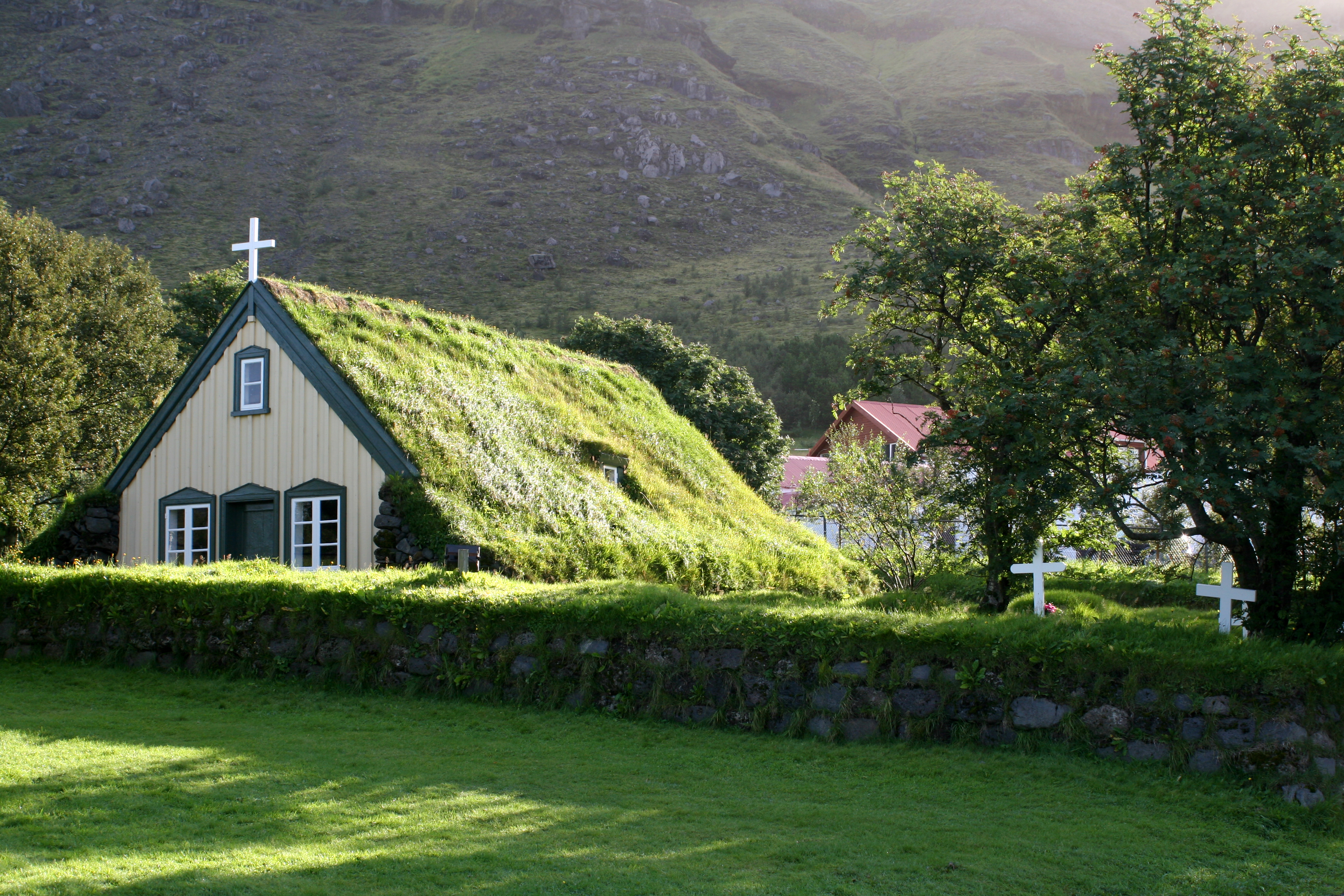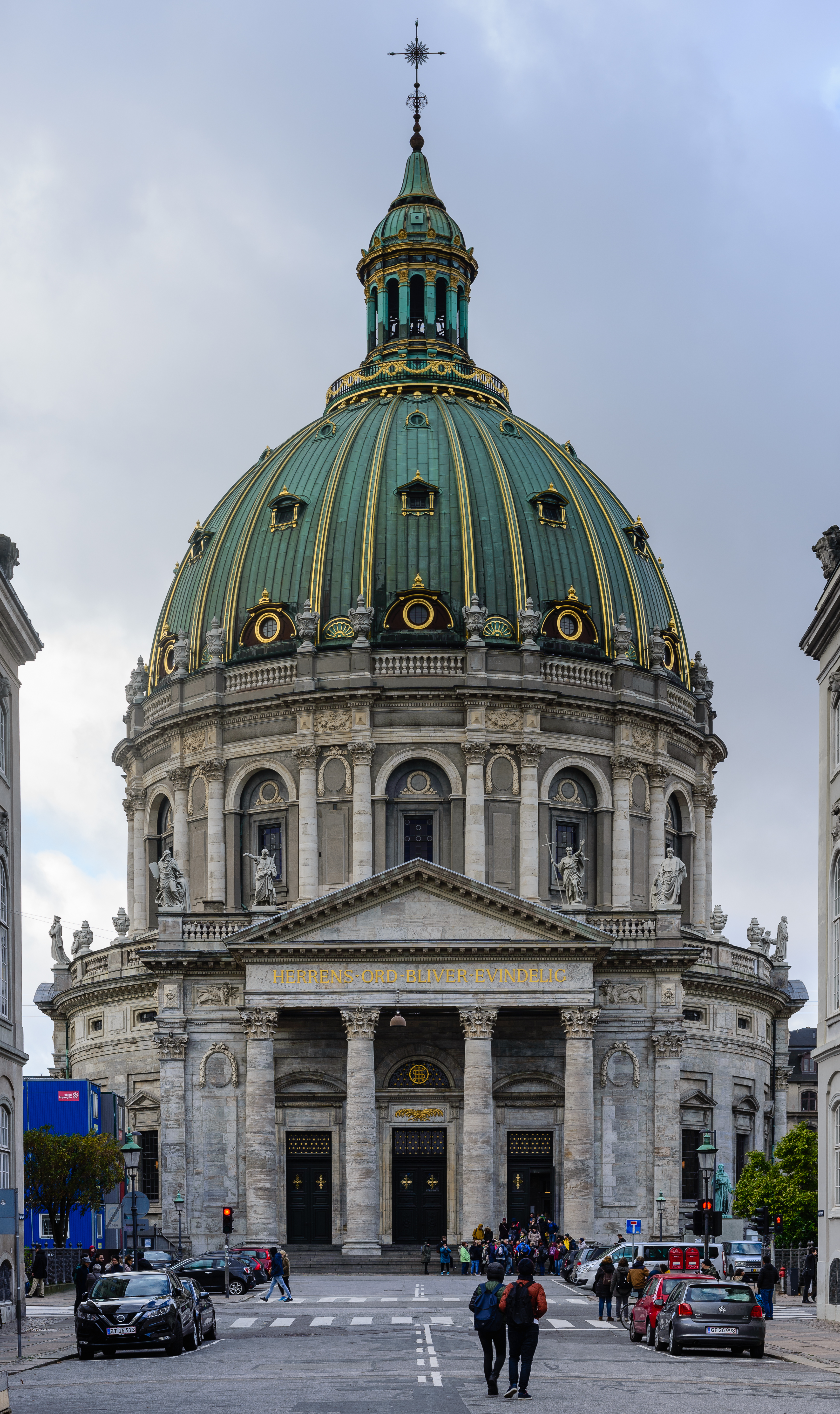|
Reformation In Denmark–Norway And Holstein
During the Reformation, the territories ruled by the Danish-based House of Oldenburg converted from Catholicism to Lutheranism. After the break-up of the Kalmar Union in 1521/1523, these realms included the kingdoms of Denmark (with the former east Danish provinces in Skåneland) and Norway (with Iceland, Greenland and the Faroe Islands) and the Duchies of Schleswig (a Danish fief) and Holstein (a German fief), whereby Denmark also extended over today's Gotland (now part of Sweden) and Øsel in Estonia. The Reformation reached Holstein and Denmark in the 1520s. Lutheran figures like Hans Tausen, known as the "Luther of Denmark", gained considerable support in the population and from King Christian II, and though his successor Frederick I officially condemned the reformatory ideas, he tolerated their spread. His son Christian III officially introduced Lutheranism into his possessions in 1528, and on his becoming king in 1536/1537 after the Count's War, Lutheranism became ... [...More Info...] [...Related Items...] OR: [Wikipedia] [Google] [Baidu] |
Estonia
Estonia, officially the Republic of Estonia, is a country in Northern Europe. It is bordered to the north by the Gulf of Finland across from Finland, to the west by the Baltic Sea across from Sweden, to the south by Latvia, and to the east by Russia. The territory of Estonia consists of the mainland, the larger islands of Saaremaa and Hiiumaa, and over 2,300 other islands and islets on the east coast of the Baltic Sea. Its capital Tallinn and Tartu are the two largest List of cities and towns in Estonia, urban areas. The Estonian language is the official language and the first language of the Estonians, majority of its population of nearly 1.4 million. Estonia is one of the least populous members of the European Union and NATO. Present-day Estonia has been inhabited since at least 9,000 BC. The Ancient Estonia#Early Middle Ages, medieval indigenous population of Estonia was one of the last pagan civilisations in Europe to adopt Christianity following the Northern Crusades in the ... [...More Info...] [...Related Items...] OR: [Wikipedia] [Google] [Baidu] |
Treaty Of Lübeck
The Treaty or Peace of Lübeck (, ) ended the Danish intervention in the Thirty Years' War (Low Saxon or Emperor's War, Kejserkrigen). It was signed in Lübeck on 22 May 1629 by Albrecht von Wallenstein and Christian IV of Denmark-Norway, and on 7 June by Ferdinand II, Holy Roman Emperor. The Catholic League was formally included as a party. It restored to Denmark–Norway its pre-war territory at the cost of final disengagement from imperial affairs. Background The treaty of Lübeck ended a stage of the Thirty Years' War referred to as the Lower Saxon or Emperor's War (), which had begun in 1625.Oakley (1992), p. 62 Initial success was with the Danish armies, commanded by Christian IV of Denmark and Ernst von Mansfeld. Then, in 1626, their opponents, a Catholic League army commanded by Johann Tserclaes, Count of Tilly, and an army of Ferdinand II, Holy Roman Emperor, commanded by Albrecht von Wallenstein, turned the tide in the battles of Dessau Bridge and Lutter am Baren ... [...More Info...] [...Related Items...] OR: [Wikipedia] [Google] [Baidu] |
Church Of The Faroe Islands
The Church of the Faroe Islands (; ), also known as the Faroese People's Church, is the established church and the largest religious organization in the Faroe Islands. It is an Evangelical Lutheran church, continuing the Lutheran tradition established during the Protestant Reformation. The church is one of the smallest state churches in the world.Referenced at the Encyclopedia of Global Religion, edited by Mark Juergensmeyer, published 2012 by Sage publications, , page 390. (Page available on-linhere. Prior to becoming independent on 29 July 2007, it was a diocese of the Church of Denmark, also a Lutheran church. As of 2024, 76.6% of Faroe Islanders belonged to the state church. Other churches in the Faroe Islands include the Plymouth Brethren and the Roman Catholic Church. History Christianization According to '' Færeyinga saga'', the Viking chief Sigmundur Brestisson brought Christianity to the Faroe Islands. On the orders of the Norwegian king Olaf Tryggvason, Sig ... [...More Info...] [...Related Items...] OR: [Wikipedia] [Google] [Baidu] |
Church Of Iceland
The Church of Iceland (), officially the Evangelical Lutheran Church of Iceland (), is the State religion, national church of Iceland. The church is Christian and professes the Lutheranism, Lutheran faith. It is a member of the Lutheran World Federation, the Porvoo Communion, the Communion of Protestant Churches in Europe, and the World Council of Churches. The church is organised as a single diocese headed by the Bishop of Iceland. Agnes M. Sigurðardóttir, appointed in 2012, was the first woman to hold this position. She was succeeded by Guðrún Karls Helgudóttir in 2024. The church has two suffragan Episcopal see, sees, Diocese of Skálholt, Skálholt and List of bishops of Hólar, Hólar, whose bishops are suffragans or assistant bishops to the Bishop of Iceland; unusually, each has a cathedral church despite not being in a separate diocese. History Pre-Christian era and the adoption of Christianity Christianity was present from the beginning of human habitation in ... [...More Info...] [...Related Items...] OR: [Wikipedia] [Google] [Baidu] |
Church Of Norway
The Church of Norway (, , , ) is an Lutheranism, evangelical Lutheran denomination of Protestant Christianity and by far the largest Christian church in Norway. Christianity became the state religion of Norway around 1020, and was established as a separate church intimately integrated with the state as a result of the Reformation in Denmark–Norway and Holstein, Lutheran reformation in Denmark–Norway which broke ties with the Holy See in 1536–1537; the Monarchy_of_Norway#Church_of_Norway, Norwegian monarch was the church's titular head from 1537 to 2012. Historically, the church was one of the main instruments of state authority, and an important part of the state's administration. Local government was based on the church's parishes with significant official responsibility held by the parish priest. In the 19th and 20th centuries, the Church of Norway gradually ceded most administrative functions to the secular civil service. The modern Constitution of Norway describes the ... [...More Info...] [...Related Items...] OR: [Wikipedia] [Google] [Baidu] |
Church Of Denmark
The Evangelical-Lutheran Church in Denmark or National Church ( , or unofficially ; ), sometimes called the Church of Denmark, is the established, state-supported church in Denmark. The supreme secular authority of the church is composed of the reigning monarch and Denmark's Parliament, the Folketing. , 70.7% of the population of Denmark are members,Church membership 1990–2024 folkekirken.dk though membership is voluntary.Freedom of religion and religious communities in Denmark , Ministry of Ecclesiastical Affairs. Retrieved 21 January 2011. |
Johannes Bugenhagen
Johannes Bugenhagen (24 June 1485 – 20 April 1558), also called ''Doctor Pomeranus'' by Martin Luther, was a German theologian and Lutheran priest who introduced the Protestant Reformation in the Duchy of Pomerania and Denmark in the 16th century. Contributions of Karlstadt and Luther to the translation of theology into social legislation were most fully realized by Bugenhagen. Among his major accomplishments was organization of Lutheran churches in Northern Germany and Scandinavia. He has also been called the "Second Apostle of the North". Johannes Bugenhagen was pastor to Martin Luther at St. Mary's church in Wittenberg. He is also commemorated in the Calendar of Saints of the Lutheran Church–Missouri Synod as a pastor on 20 April. Biography Early life Bugenhagen was born in Wollin (now Wolin), Duchy of Pomerania, on 24 June 1485 as one of three children of local Ratsherr Gerhard Bugenhagen. From 1502 to 1504, he studied artes at the University of Greifswald ... [...More Info...] [...Related Items...] OR: [Wikipedia] [Google] [Baidu] |
Lutheran Church Orders
The Church Order or Church Ordinance () means the general ecclesiastical constitution of a State Church. History The early Evangelical Church attached less importance to ecclesiastical rituals than the Catholic Church did. As early as 1526 Martin Luther observed in '' Deutsche Messe und Ordnung des Gottesdiensts'': "In sum, this and all other forms were to be used in a manner that where they gave rise to a misuse they should be forthwith set aside, and a new form be made ready; since outward forms are intended to serve to the advancement of faith and love, and not to the detriment of faith. Where they ceased to do the above, they are already dead and void, and are of no more value; just as when a good coin is debased, sad or retired on account of its abuse, and issued anew; or when everyday shoes wax old and rub, they are no longer worn, but thrown away and new ones bought. The form is an external thing, be it ever so good, and thus it may lapse into misuse; but then it is no l ... [...More Info...] [...Related Items...] OR: [Wikipedia] [Google] [Baidu] |
Denmark–Norway
Denmark–Norway (Danish language, Danish and Norwegian language, Norwegian: ) is a term for the 16th-to-19th-century multi-national and multi-lingual real unionFeldbæk 1998:11 consisting of the Kingdom of Denmark, the Kingdom of Norway (including the then Norwegian overseas possessions: the Faroe Islands, Iceland, Greenland, and List of possessions of Norway, other possessions), the Duchy of Schleswig, and the Duchy of Holstein.Feldbæk 1998:21f, 125, 159ff, 281ff The state also claimed sovereignty over three historical peoples: Frisians, Gutes and Wends.Feldbæk 1998:21 Denmark–Norway had several colonies, namely the Danish Gold Coast, Danish India (the Nicobar Islands, Serampore, Tharangambadi), and the Danish West Indies.Feldbæk 1998:23 The union was also known as the Dano-Norwegian Realm (''Det dansk-norske rige''), Twin Realms (''Tvillingerigerne'') or the Oldenburg Monarchy (''Oldenburg-monarkiet''). The state's inhabitants were mainly Danish people, Danes, Norwegian p ... [...More Info...] [...Related Items...] OR: [Wikipedia] [Google] [Baidu] |
Count's War
The Count's Feud (), sometimes referred to as the Count's War, was a Danish war of succession occurring from 1534 to 1536, which gave rise to the Reformation in Denmark. In the broader international context, it was a part of the European wars of religion. The Count's Feud derives its name from the Protestant Count, Christopher of Oldenburg, who championed the claim to the throne of the deposed Catholic King, Christian II (who was forced from power in 1523), rejecting Christian III's election. Christian III was a devoted Protestant who had already established Lutheranism as the state religion in Schleswig and Holstein by 1528. Background After Frederick I's death in 1533, the Jutland nobility proclaimed his son, then Duke Christian of Gottorp, as king under the name Christian III. Meanwhile, Count Christopher, or Christoffer, organized an uprising against the new king, demanding that Christian II be set free. Supported by Lübeck and troops from Oldenburg and Mecklenbur ... [...More Info...] [...Related Items...] OR: [Wikipedia] [Google] [Baidu] |
Christian III Of Denmark
Christian III (12 August 1503 – 1 January 1559) reigned as King of Denmark from 1534 and King of Norway from 1537 until his death in 1559. During his reign, Christian formed close ties between the church and the crown. He established Lutheranism as the state religion within his realms as part of the Protestant Reformation, and was the first King of Denmark-Norway. Childhood Christian was the eldest son of the future king, Frederick I of Denmark, and Anna of Brandenburg. He was born at Gottorf Castle in Schleswig which Frederick I had made as a primary residence. In 1514, when he was just ten years old, Christian's mother died. Four years later, his father remarried to Sophie of Pomerania (1498–1568). In 1523, Frederick I was elected King of Denmark in the place of his nephew, Christian II. The young Prince Christian's first public service after his father became king was gaining the submission of Copenhagen, which stood firm for the fugitive, Christian II ... [...More Info...] [...Related Items...] OR: [Wikipedia] [Google] [Baidu] |








